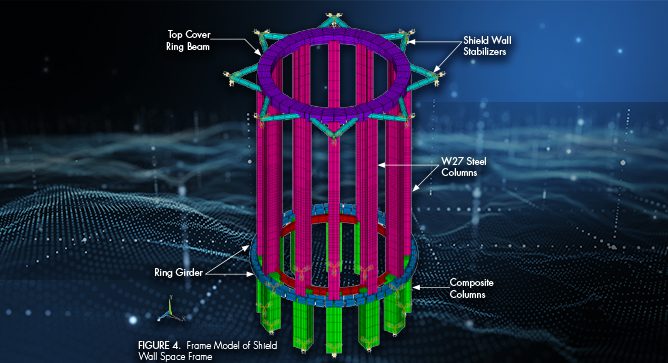
Monticello Nuclear Generating Plant – BioShield Evaluation
By: Livia Costa-Mello, Shari Day, and Dan Denis Background Many U.S. nuclear plants are completing

By: Livia Costa-Mello, Shari Day, and Dan Denis Background Many U.S. nuclear plants are completing
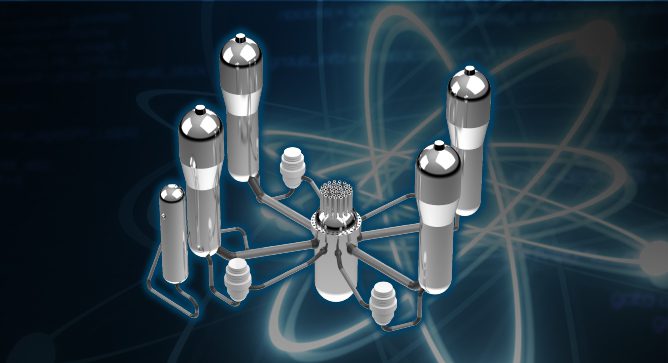
By: John Hayden and Jason Van Velsor Our initial article on this topic in News
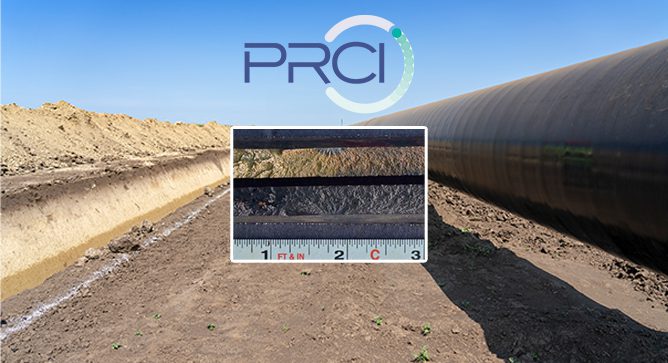
By Scott Riccardella and Steven Osgood Structural Integrity is pleased to be working with PRCI
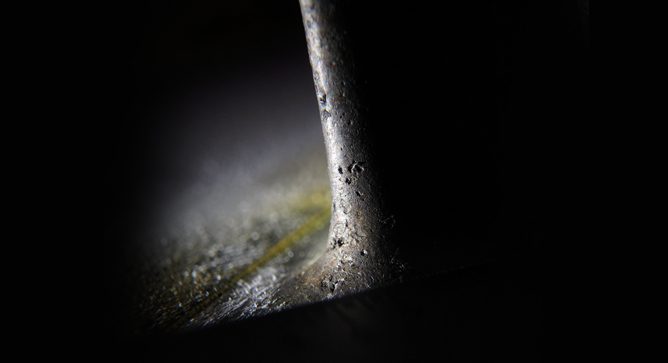
COMPONENT ASSESSMENT AND ANALYSIS By John Molloy Structural Integrity (SI) has decades of experience dealing
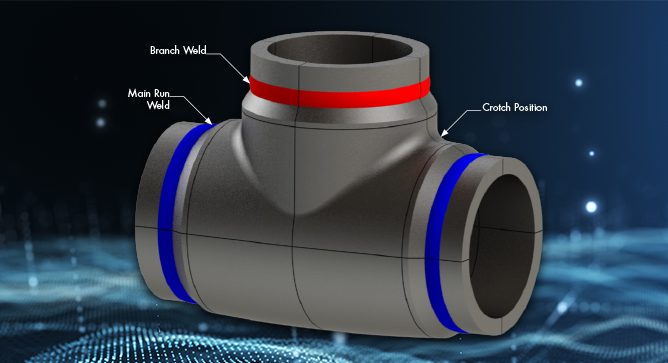
By Kane Riggenbach and Eric Jones Background The power generation industry has seen an increasing

By Julio Garcia, PhD, PE Abstract Continued advances in the fields of structural and geotechnical
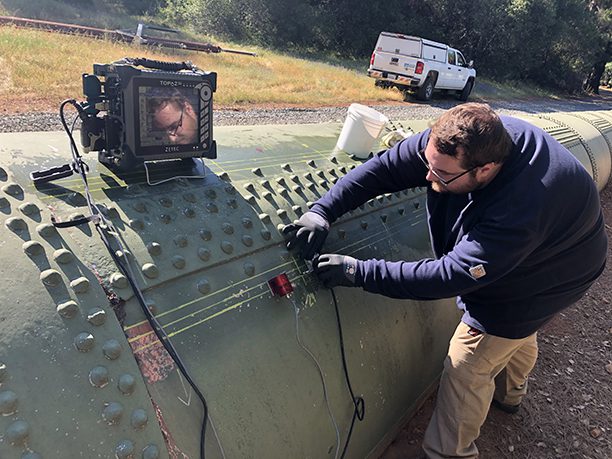
By: Jason Van Velsor and Jeff Milligan At SI, we regularly combine advanced NDE inspections
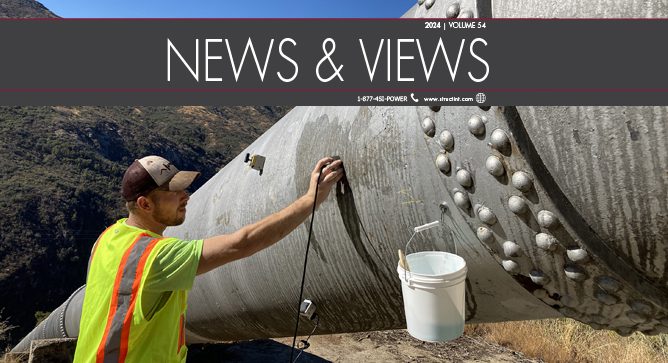
The next issue of Structural Integrity’s bi-annual technical magazine, News and Views, is now available.
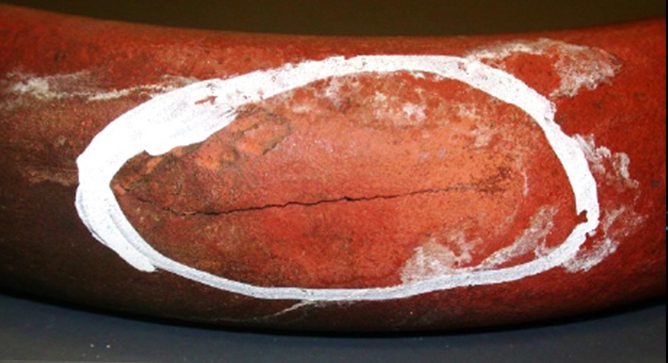
Strain-Induced Precipitation Hardening, also known as SIPH, is a commonly misinterpreted boiler tube failure mechanism

By: Terry Totemeier A client recently ordered a Type 316 stainless steel pipe coupling fitting